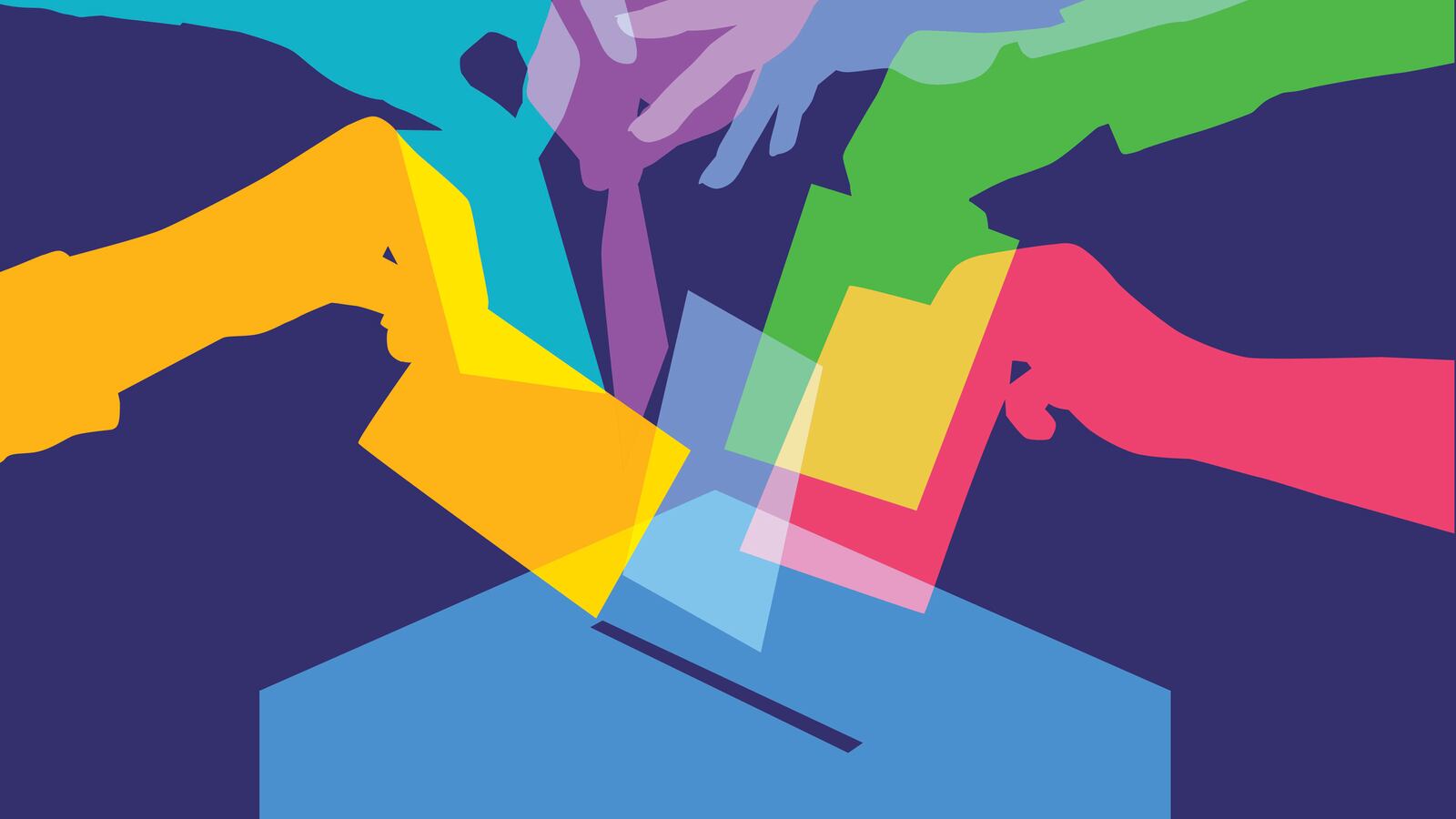Starting Tuesday, thousands of Chicago teachers will be asked to vote on whether to authorize a walk out in response to stalled contract negotiations.
The three-day voting period is a major marker in the lead-up to a teachers strike. The union says that after months of negotiations, Mayor Lori Lightfoot and her team have failed to respond substantively to their calls for smaller class sizes and more case managers, or to enshrine promises for school support staff in the contract or class sizes.
The mayor, meanwhile, said that she has offered a significant raise to teachers — 16% pay raise over five years — and that there is no reason a deal can’t be made.
If more than 75% of union members vote yes this week, teachers could walk out as early as Oct. 7.
In the last big walkout, in 2012, teachers left their classroom for seven days.
That strike launched the union, and its recently elected leadership, into the national spotlight as a model for how to build teacher and community engagement.
It remains to be seen whether they’ll do it again. Here’s what you need to know about this week’s strike authorization vote:
What is a strike authorization vote, anyway?
A strike authorization takes the temperature of how many union members are willing to authorize a walk-out. It is non-binding, and does not guarantee a strike. But it does serve as an official timestamp, after which the union can give a 10-day strike warning.
In the weeks leading up to the vote, the union has held public meetings for teachers to discuss demands and to pass out posters and fliers.
The union has also sent members to speak to teachers outside of schools and encouraged its members to wear red, the Chicago Teachers Union’s color, on Fridays.
How is the vote taken?
More than 25,000 teachers, clinicians, and paraprofessionals will vote on Tuesday, Wednesday and Thursday by secret ballot at their schools.
Then those ballots will be counted by the union’s Rules and Elections Committee, with the count overseen by a group of ministers from Arise Chicago, a faith-based labor group.
What’s next?
The strike authorization vote doesn’t mean that the strike is a sure thing, but in past strike authorization votes, in 2012 and 2016, enough members supported the measure to bring the vote above the legally mandated 75% mark.
Next, the 700 members of the union’s House of Delegates will vote to set a strike date. That would likely happen at the group’s next meeting on Oct. 2. Negotiations can still continue after that date, and a deal could still be reached in time to avoid a walkout.

